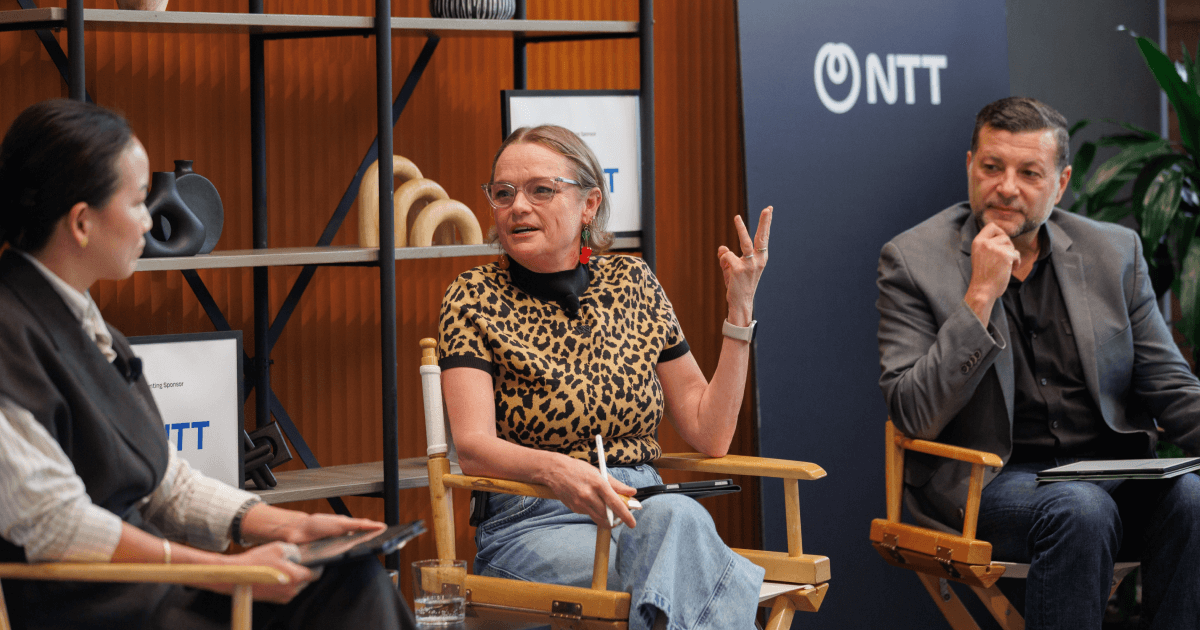De las estructuras internas al éxito externo


Richard Branson lo dijo mejor: “Cuida a tus empleados, y ellos se encargarán de tu negocio. Es tan simple como eso”. Y, sin embargo, el 82% de las empresas cree que sus niveles de experiencia de los empleados (EX) son bajos y que está impactando su éxito.
Esta semana en Catalizador, Kim Curley, Vicepresidenta de Consultoría de Personas y Organizacionales de NTT DATA, se une a Chris y Gina para discutir cómo los problemas estructurales internos pueden conducir a problemas externos para los usuarios. Consulte los aspectos más destacados a continuación, luego sumérgete en el episodio completo para obtener más información sobre cómo la cultura organizacional afecta la experiencia del cliente y el creciente reconocimiento de la importancia de la experiencia de los empleados.
Abordar la gama completa de problemas organizacionales
El software es sencillo, son las personas las que son complicadas. Al abordar los desafíos organizacionales, es probable que encuentre problemas tanto con elementos estructurales (herramientas y procesos) como humanos. Al adoptar nuevos sistemas, es importante abordar las motivaciones intrínsecas y extrínsecas de los individuos dentro de sus estructuras organizativas existentes.
Recuerda la ciencia del cerebro
Los humanos tenemos una resistencia natural al cambio; así es como estamos conectados. Entender esto es fundamental para implementar con éxito nuevos sistemas. La comodidad, así como el miedo a ser vulnerables para aprender algo nuevo o adaptarse al cambio, mantienen a las personas ancladas a formas familiares de hacer las cosas. Tener un plan para superar estos desafíos.
Mejores herramientas = empleados empoderados
La eficiencia y la facilidad de uso de las herramientas del lugar de trabajo juegan un papel vital en el empoderamiento de los empleados. Cuando las herramientas les ayudan a administrar mejor su tiempo, libera sus recursos cognitivos para el pensamiento estratégico y de alto valor, lo que significa que pueden dedicar su tiempo a contribuir a la misión superior de la empresa.
Mejores herramientas = clientes más felices
La forma en que los empleados interactúan con los sistemas, herramientas y procesos es integral para dar forma a la cultura general de una organización. Facilita la vida de tus empleados y estarán equipados para facilitar la vida de tus clientes.
Como siempre, no olvides suscribirte a Catalizador donde sea que consigas tus podcasts! Estrenamos un nuevo episodio cada martes, y cada uno está repleto de catalizadores para experiencias digitales que mueven millones.






